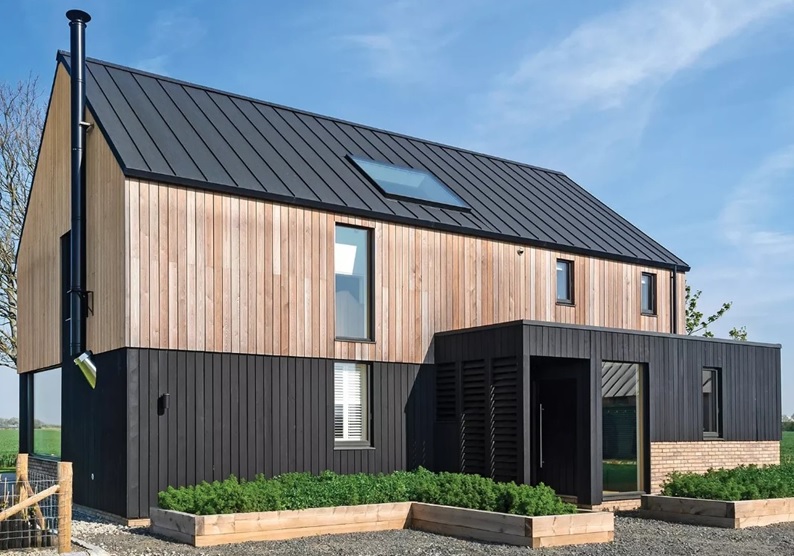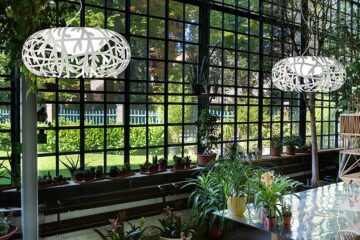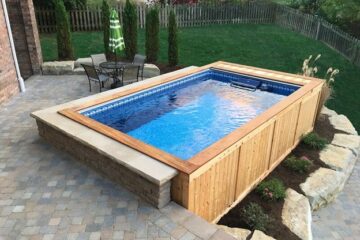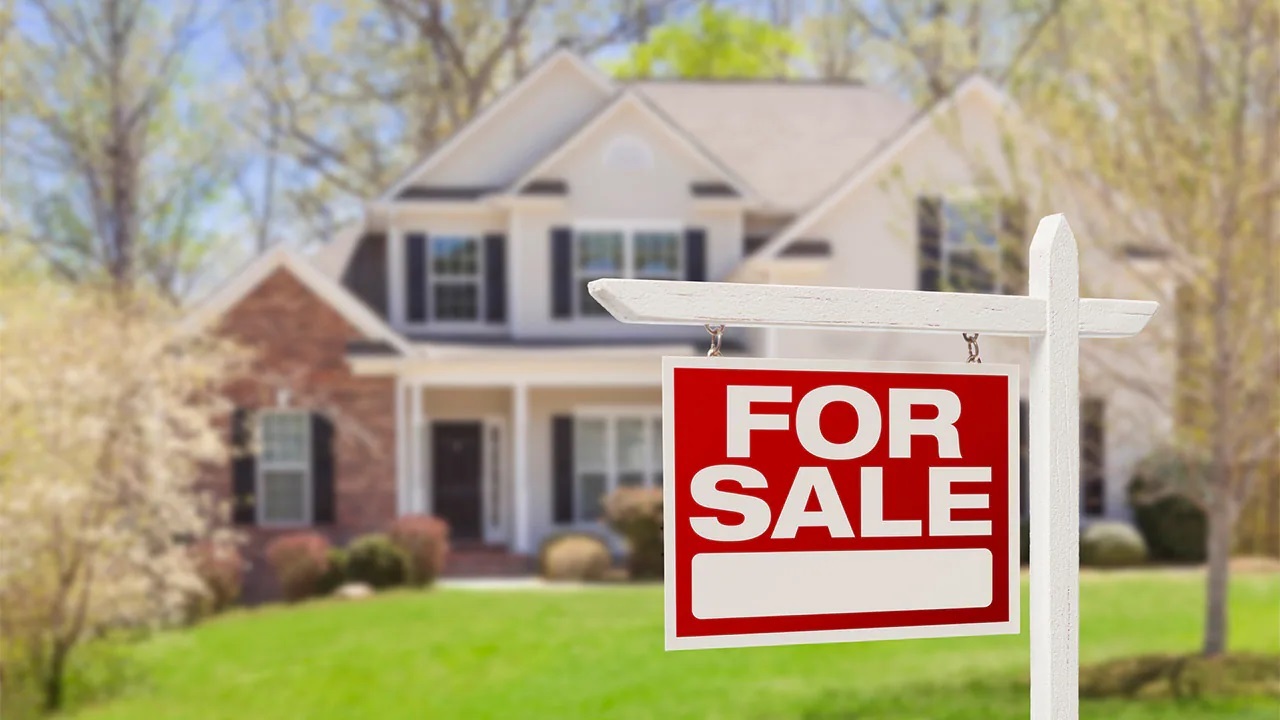Different Varieties Of Eco-Friendly Cladding

Cladding, like many other structural applications is another inevitable part of the construction processes which strengthens the interior and exterior wall layering. From protection to adhesive strength and aesthetical appeal, all criteria are fulfilled by the recruitment of clad surfaces on the primary coated layer of paint.
Among the many types of cladding, sustainable and reliable cladding material is preferred by construction contractors. Green or organic cladding is the newest form of cladding which is done by keeping in mind the safety of nearby premises and overall environment. This one is also called as eco friendly cladding. It is the cladding material employed for the practical implementation which ensures the safe and sound practice of cladding which is least harmful.
Environment reliable cladding is free of any toxic chemical utilization in the procedure. Maximized protection of health and surroundings with high quality clad practice is the goal of ecofriendly selection of cladding methods. This cladding material layering must be affordable along with no requirement of high maintenance is a better option. Wooden cladding is an example of such relevant cladding which is safe in use with no negative effects on health. Apart from these, the clad raw sources are resistant to damage, abrasion, deterioration, etc.
What is eco-friendly cladding?
Cladding is a development activity which involves applying of cladding material like wood (timber) or glass to add extra layer or skin over surfaces to impart strength. In the past, there were no such varieties available for cladding; so many harmful clad agents were also employed. However, now it is important to check the safety parameter in cladding. The version of cladding that is safe for the environment as well as for human health is referred as eco-friendly cladding. Some features of ecofriendly claddings like high durability, less waste generation, carbon neutral, perfect in insulation and better to be recyclable.
- Composite cladding
Composite cladding is a version of eco-friendly cladding which is addressed so mainly based on the composition which is a mix of recyclable ingredients safe in use. This cladding is comprised of number of recyclable raw materials like recyclable wooden fibres and chunk pieces, recyclable plastic, bonding agents, and major colourants. Apart from the clad sources, there is generally no wooden and plastic wastes leftover after cladding is conducted which significantly reduces negative environmental impact. Composite clad is always favoured in comparison to the plastic, owing to excellent safety management.
- Wooden cladding
Wooden, mainly employing brass or timber is used in cladding techniques. Organic source of wood seems to be not engineered that could impact the human and environment health. Considering the fact that also it does not fully meet the parameters to be an eco-friendly cladding assuming how timber is sourced for this constructional application. Softwood clad is common in residential and commercial buildings where budget is affordable, and the source is widely available. Technically, wooden clad when being 100% renewable, carbon sequestering, and insulating in nature is an ultimate clad choice that could win over any other clad material. However, it is necessary to look out how timber is harvested and produced especially for cladding processes.
Eco friendly cladding is what we refer to be safe for human health and nearby environment. Any cladding method can be rendered secured if it is free of toxic material, clad source is renewable, durable, and high in adhesive strength.












